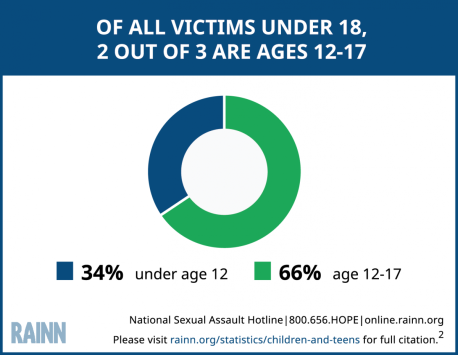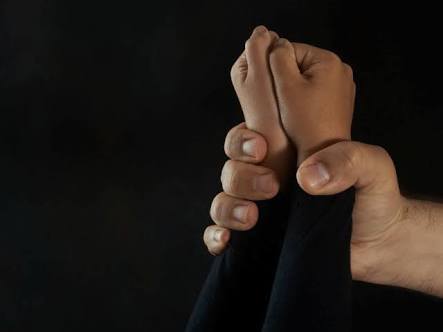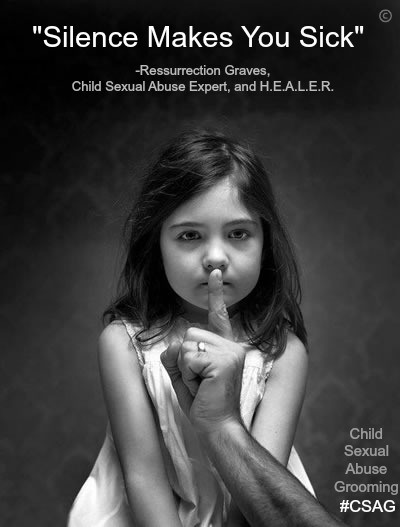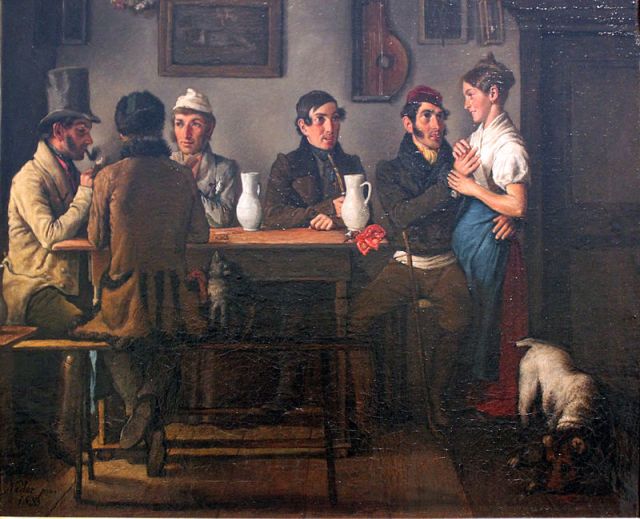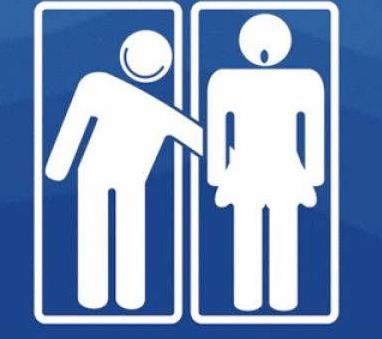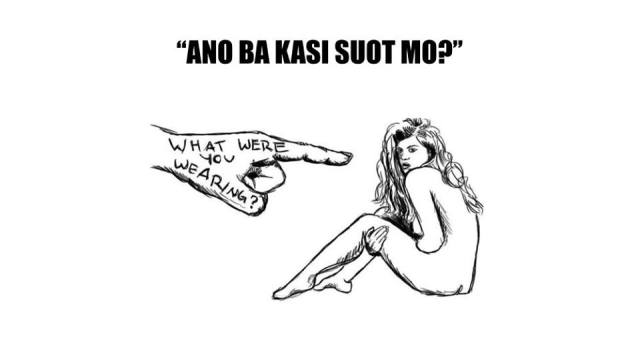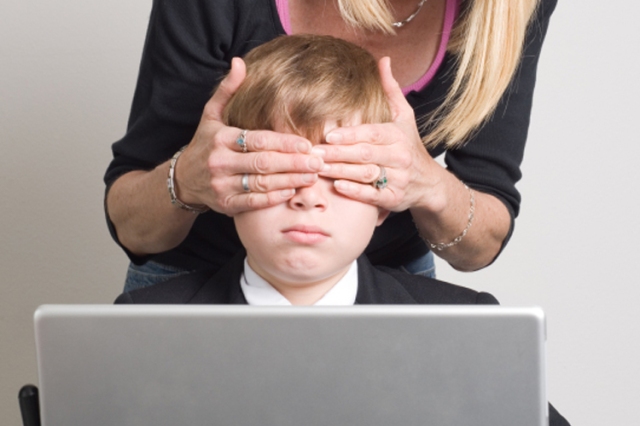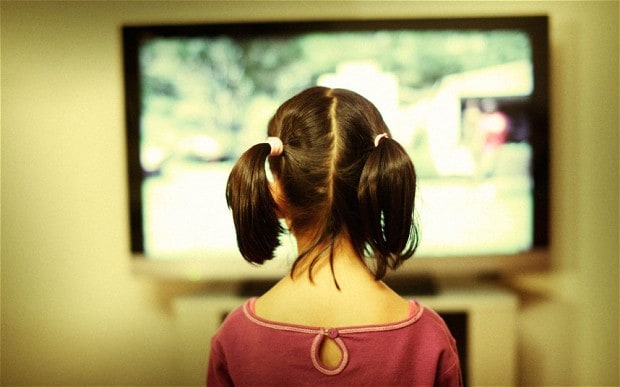by: Apostol , Almirah M.
Before we dig in to the topic must know what VIOLENCE means.
VIOLENCE /ˈvī(ə)ləns/
behavior involving physical force intended to hurt, damage, or kill someone or something. strength of emotion or an unpleasant or destructive natural force.
According to WHO (World Health Organization) “That about 1 in 3 (35%) women worldwide have experienced either physical and/or sexual intimate partner violence or non-partner sexual violence in their lifetime. Most of this violence is intimate partner violence. Worldwide, almost one third (30%) of women who have been in a relationship report that they have experienced some form of physical and/or sexual violence by their intimate partner in their lifetime. Globally, as many as 38% of murders of women are committed by a male intimate partner.”
source: http://www.who.int/mediacentre/factsheets/fs239/en/
MARITAL & INTIMATE PARTNER SEXUAL ASSAULT
MARRIAGE
As both scientists and poets have noted, men and women are completely different. At the same time, they are clearly created by God to be one. As a violin and bow are one instrument, or a lock and key one mechanism, so also a bride and groom are one.
source: whatismarriage.tumblr.com
For us, both men and women considered that marriage is one of the most sacred and important event or thing that will come in to our life. It is also considered as a union of two people as partners .What if your happily ever after become your worst nightmare ever?
- Intimate partner sexual assault is an assault that is committed by a current or past spouse or boyfriend. Forced intercourse within a marriage is often called “marital rape.” Marital rape is about exerting power and control over one’s partner. Unfortunately marital or intimate partner rape was not considered a crime. In many countries, including the United States, rape was traditionally defined as forced sexual conduct with someone other than one’s wife. As a matter of law, rape could not occur within a marital relationship; the consent of the wife to the sexual contact was presumed.
According to a 2006 report from the UN Secretary-General stated that “at least 104 countries criminalize marital rape—if not under explicit marital rape statutes, then under general rape laws.” As of 2011, at least 52 countries had explicitly made marital rape a criminal offense.
MANILA, Philippines – Violence against women. That 3 words is no stranger in our country. It keeps on repeating and repeating. It is happening in every part of our country and it is claiming lives.
According to Fritzie Rodriguez “Men are traditionally labeled as leaders and providers, while women are seen as nurturers and supporters. “This perception leads to men gaining more power over women,” PCW stressed, adding that “VAW is a form of men’s expression of controlling women to retain power.”
- NDHS revealed that “one in five women aged 15-49 has experienced physical violence since age 15; 14.4 percent of married women have experienced physical abuse from their husbands; and more than one-third (37%) of separated or widowed women have experienced physical violence, implying that domestic violence could be the reason for separation or annulment”
Spousal Violence
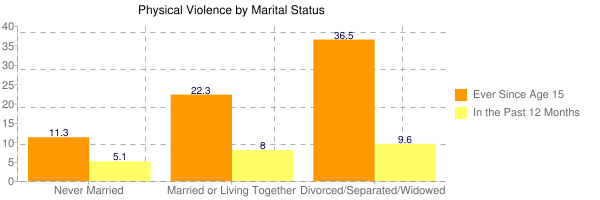
- Emotional and other forms of non-personal violence are the most common types of spousal violence (23% of ever-married women). One in seven ever-married women experienced physical violence by their husbands while 8 percent experienced sexual violence by their husbands.
- Patterns in prevalence of spousal violence are similar to those of violence experienced by woman 15-49. Most likely higher among separated, widowed and divorced; currently married women who have married more than once; and in CARAGA region, Central Visayas and SOCCSKSARGEN.
source: http://pcw.gov.ph/statistics/201405/statistics-violence-against-filipino-women
The country implemented the Anti-Sexual Harassment Act in 1995, the amended Anti-Rape law in 1997, the Rape Victim Assistance Act in 1998, and the Anti-VAWC Act in 2004.
In 2004, Violence against women cases dropped by 13% from the previous year. The decrease continued until 2006. In the succeeding years, however, cases crept higher. This is despite the enactment of the Magna Carta of Women in 2009, mandating the government to ensure that women are “protected from all forms of violence.”

Violators of the Anti-VAWC Act can be imprisoned. The law also requires offenders to provide support to the offended party if needed. To prevent further abuse, the law allows victims to issue protection orders (PO) against offenders, requiring the latter to stay away and to cut off contact, either temporarily or permanently.
source: http://www.rappler.com/move-ph/issues/gender-issues/85640-women-girls-violence-ph
10 Warning Signs of an Abusive Relationship
by: Gutierrez, Danica
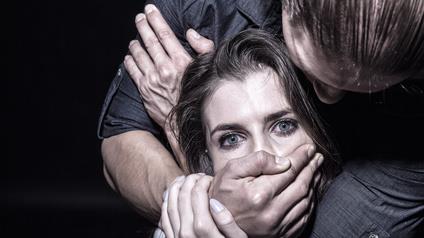
“Abuse doesn’t always have to mean a bruise”
Physical or sexual violence may occur without warning. Sometimes, however, there may be signs or “red flags” that serve as warnings that the relationship is abusive. The following are examples of a person’s behavior or personality that may be that warning:
- Does your partner tease you in a hurtful way & play it off as a “joke” or tell you you’re being too sensitive?
- Does your partner get angry about or make you change the clothes & shoes you wear, how you style your hair, or whether or not you wear makeup & how much?
- Does your partner check-up on you by repeatedly calling, driving by, or getting someone else to?
- Has your partner gone places with you or sent someone just to “keep an eye on you”?
- Does your partner insist on knowing who you talk with on the phone, check your call log or phone bill?
- Does your partner blame you for his problems or his bad mood?
- Does your partner force you to have sex in ways that you do not want to?
- Does your partner threaten to kill you or themselves if you leave?
- Does your partner threaten to hurt you, your children, family, friends, or pets?
- Have you lost friends or no longer see some of your family because of your partner?
Noticing and acknowledging the signs of an abusive relationship is the first step to ending it. If you recognize yourself or someone you know in the following descriptions of abuse, reach out now. There is help available. No one should live in fear of the person they love.University Survey Highlights Role of ‘Verbal Coercion’ in Sexual Assault
An internal survey at the University of Michigan of students’ experience with sexual misconduct found that more than 20% of undergraduate women had been touched, kissed or penetrated without their consent, prompting the university to use new tactics to address the problem.
University administrators were not surprised by the high level of reported misconduct, but they conducted the survey to identify particular areas for improvement. Ten percent of female undergraduates surveyed said they had experienced unwanted sexual conduct as a result of “verbal pressure,” an area administrators say now warrants greater focus.
According to Holly Rider-Milkovich, director of the Sexual Assault Prevention and Awareness Center at the University of Michigan. “The role that verbal pressure and coercion play has not had the same national spotlight that sexual assault has had, the University of Michigan will expand the healthy sexual relationship training the school already holds for incoming freshmen to sophomores, juniors and seniors, so that they can address age-specific issues as students mature.”
Ever since the White House recommended anonymous sexual misconduct “climate” surveys in April of last year, they have been an important hallmark of reform at many colleges. Sexual assault is a vastly underreported crime and the surveys are designed to give a more realistic picture of what is happening on campus. The University of Michigan is one of the few colleges that have chosen to make its survey results public.
In October, MIT published survey results that showed 17% of female undergraduates experienced unwanted sexual behaviors while at MIT, involving use of force, physical threat or incapacitation. The University of New Hampshire, a unique school in that it has been doing climate surveys for years, found in 2012 that 16% of its undergraduate women had experienced unwanted sexual contact or intercourse through force, threat or harm, or intoxication.
At Michigan, Rider-Milkovich said the data shows that the real need on the campus is in “changing our cultural expectations, so that sex is something people engaged in when it is equally desired, not a goal that someone strives toward, regardless of objection.” At Michigan, she added, “We are really transforming how students think about way interact with each other. We will put everything we have towards that goal.”
references :
- http://time.com/3936005/university-michigan-sexual-misconduct-survey/
- http://newchoicesinc.org/help/DV/signs






